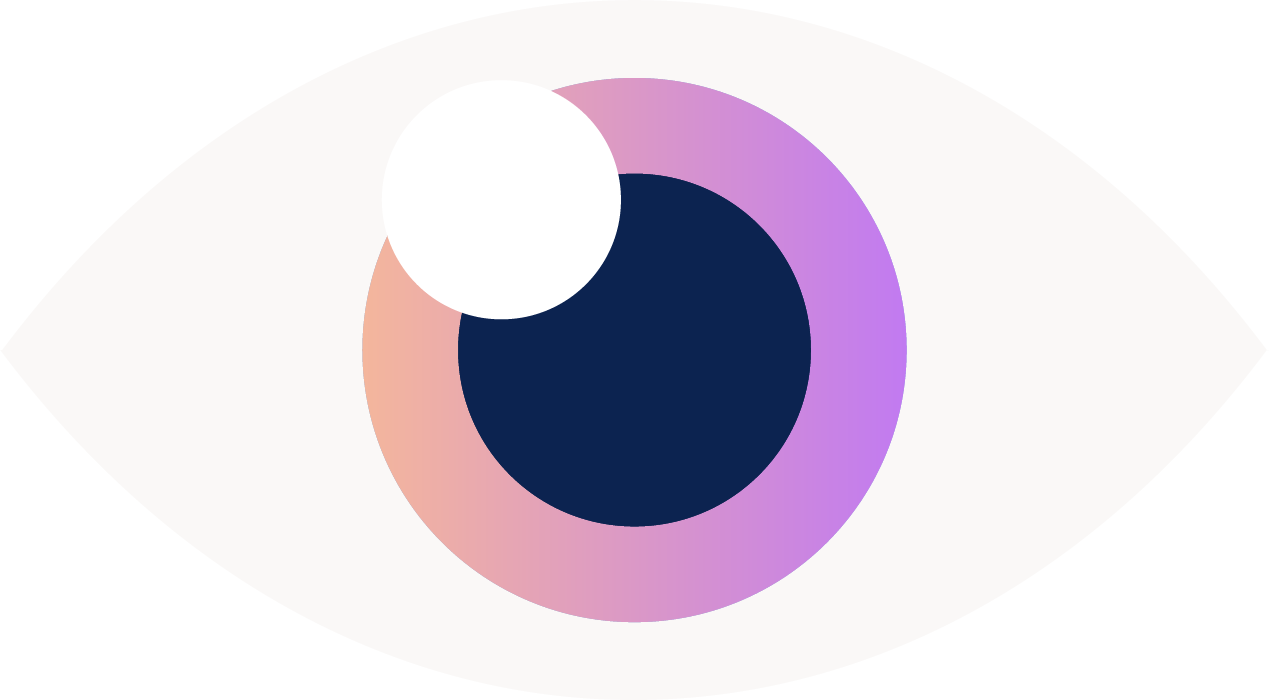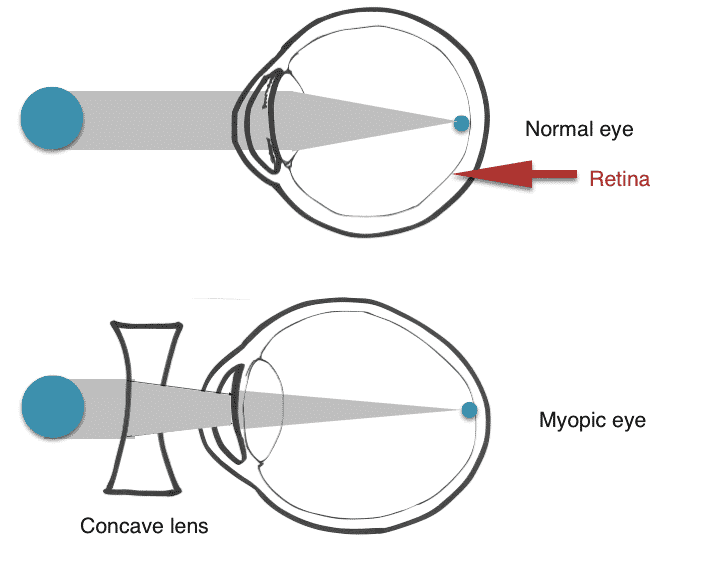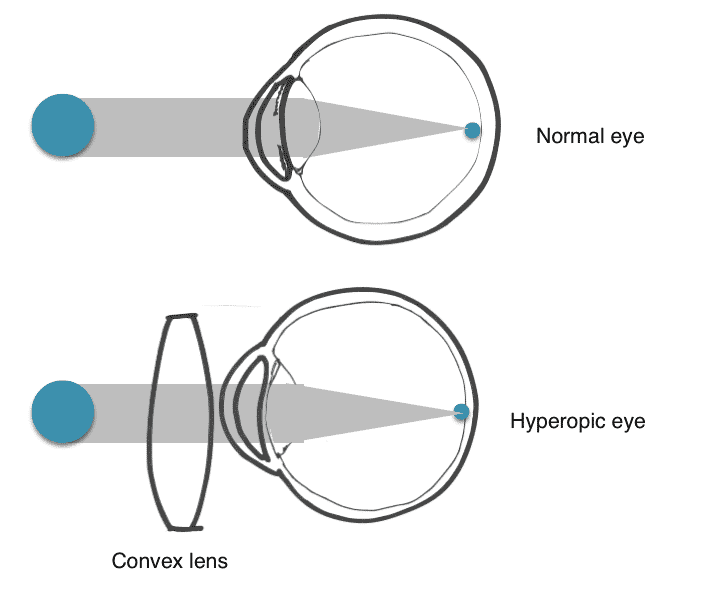What does my glasses prescription mean anyway?
This is probably one of the most common questions I get. Even though my husband and I are ophthalmologists (eye surgeons), we still do a large number of glasses and contact lens prescriptions.Above my son, Taj performing his first refraction with the phoropter when he was 1.5 years old. The picture was taken at the Children's Discovery Center, our equipment in our office is much newer than this!Refraction is the term used to describe that process of fine tuning your glasses prescription when you sit behind the phoropter. Everyone gets so nervous when we ask "Better 1 or 2". They don't want to get the answer wrong. And, the thing is there is no wrong answer. Your glasses prescription is individualized to suit your needs. And, most optical shops (like ours) can always redo the lenses for free for three months if you end up getting the glasses and they just don't seem to work for you, even after giving them a couple weeks. So, that should take the pressure off.So, you did it - finished the dreaded "1 or 2" test and your doctor hands you a prescription. It's like an ancient language - what does it all mean??? OD, OS, Sphere, Cylinder, Axis, Add??
OD and OS
First, OD and OS. OD stands for oculus dextrous, for those of you who took Latin in high school, which means right eye. OS stands for oculus sinister, for left eye and OU stands for oculus unitas or both eyes
Sphere (Sph)
This refers to the spherical lens necessary to sharpen your vision to 20/20 (if possible for you). The number is the amount, measured in diopters, needed to correct nearsightedness or farsightedness. In this example, this patient has a minus in front of the number because he is myopic or nearsighted. This patient can see near, but not far. Whether the number is plus or minus, the higher the number, the stronger the prescription.This patient's eye is a little longer than normal, so the light focuses in front of the retina instead of on it. A minus spherical lens, or a concave lens, helps focus it onto the retina.Here's another prescription with a plus number in the sphere column, meaning this patient is hyperopic, or farsighted. That means this person can see far away, but not up close (that's only for adults). Though, that's not entirely accurate - most kids are hyperopic. As their eyeball elongates, they outgrow this farsightedness - but, their vision is never affected by it because their eye is so flexible it's able to focus past the farsightedness, giving them 20/20 vision.This patient is a child and her eye is a little shorter than is normal, so light comes to focus behind the retina.A plus spherical lens, or convex lens, helps focus the light onto the retina.
Cylinder (Cyl)
There are two types of lenses in glasses prescriptions - sphere and cylinder. Cylindrical lenses are used for correcting astigmatism. Sometimes new patients come to me and say, "I have.....ASTIGMATISM" (que the scary music). It's almost as if it's a terrible disease (which it's not). Astigmatism just means the front of your eye, or the cornea, is shaped more like an egg or football, instead of being perfectly spherical like a ball.Most people have some astigmatism. For people with astigmatism, it means that images are slightly stretched horizontally or vertically, like a fun house mirror. This number can be minus or plus, but practices tend to stick to one sign. In our office, all our prescriptions are written using minus cylinder. If you don't have a number in this column, it means you don't have any astigmatism.
Axis
Axis refers to the direction or position in which the cylindrical lens is pointed to correct the astigmatism. It's measured in degrees. If your prescription doesn't have a cylinder number, then it won't have an axis number either. Remember high school geometry? That's what the axis refers to, just like your old protractor. Do they still use protractors in high school? Probably not, I bet there's some app for that now.
Add
This number is also measured in Diopters and refers to the extra magnifying power needed to help you see up close if you are presbyopic. Presbyopia is the condition which affects most individuals over the age of 40. You probably know the signs if you fall into this age group - reading, using your phone, all starts to get a little harder and you have to hold things far away for them to be clear. That' presbyopia. If you wear bifocals or progressive glasses, then there will be a number in this column. Add power is always a plus number and it can range from as low as +0.75 to +4.00 (in rare cases), though the normal add powers are between +1.25-+3.00.
Prism
My patients will have a number in this column. This is for correcting eye misalignments (strabismus) and reducing double vision. Depending upon the type of strabismus (eye drift up, out, in or down), the prism will be oriented in different directions to counter the eye misalignment. Most people do not need prism in their glasses.And, we'll close with my favorite pic from the Cat in the Hat - it's actually very accurate!











